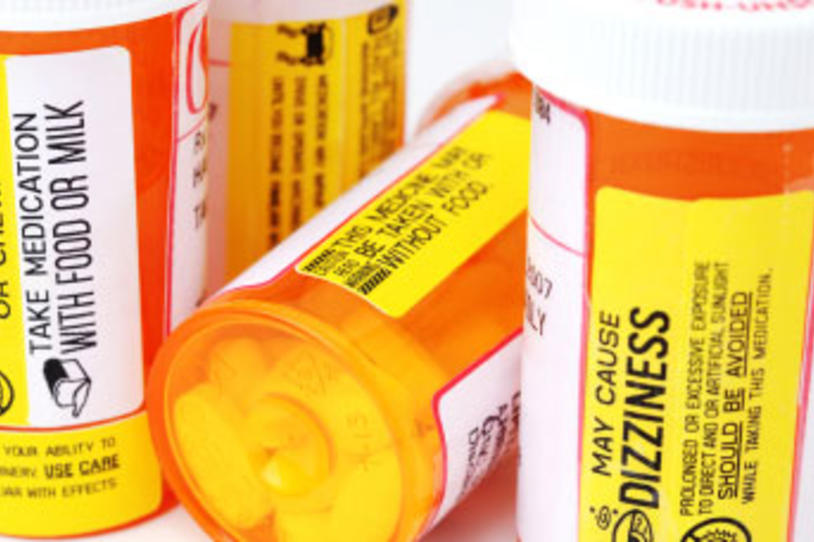
People with Parkinson’s can be on treatment regimens comprised of several drugs or therapeutic approaches. These drugs come with warnings to not combine them with certain other drugs or with certain food and drink. These warnings are meant to protect us – chemical interactions can affect the activity of a given drug, which can lead to serious complications.
Here’s the basic idea behind why these complications happen:
In order to treat a disease or condition, a certain amount of a drug is needed to counteract a chemical process that is taking place in our body. But we also need our body to be able to get rid of excess amounts of the drug so that it doesn’t become toxic. Drugmakers establish “therapeutic windows” that represent the range in which treatments are both effective and can be appropriately metabolized.
But when we take certain substances (such as drugs, food, drink) or are exposed to certain environmental factors (such as sunlight), our body’s own chemistry can become altered, which can also alter a drug’s effects.
Some foods, and alcohol, for example, can speed metabolism, which means that a drug could potentially be flushed out of our system faster than we’d like. If, say, an antibiotic is meant to be taken once every six hours, if we have alcohol while on the drug, it may begin to lose its effect after only four.
Similarly, if we’re taking two or more drugs that act on a shared mechanism within the body’s chemistry, either or both of the drug’s effects could be multiplied or lessened. This could lead to harmful effects, or to a treatment becoming ineffective.
Often, reactions to drug interactions vary according to the individual. That’s why it’s so important to discuss therapeutic options with a treating physician. They’ll help to identify the best treatment.